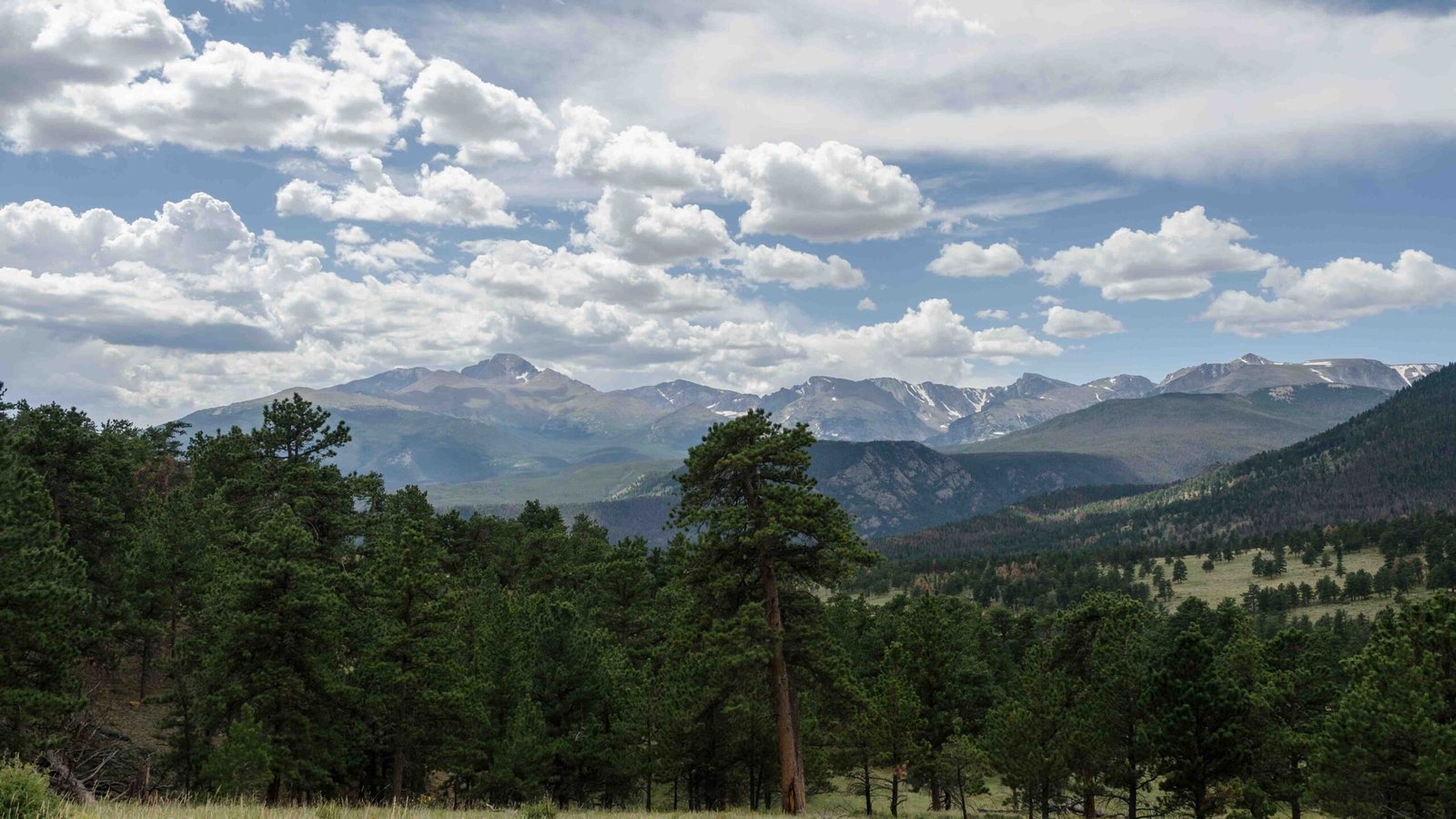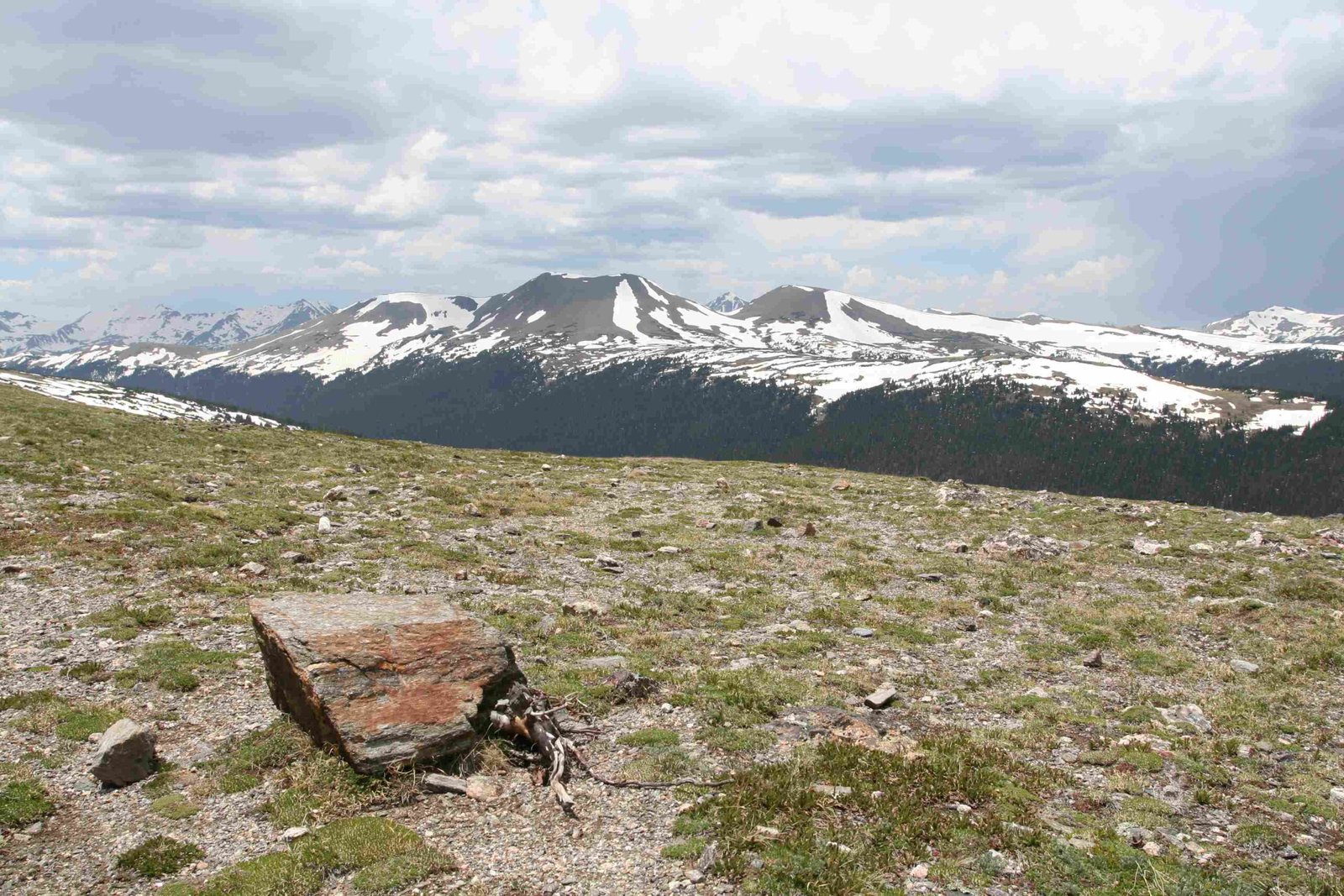Rocky Mountain National Park and Florissant Fossil Beds National Monument are two distinct natural wonders in Colorado. While there’s no direct trail connecting them, both offer unique experiences for nature enthusiasts. Rocky Mountain National Park is known for its diverse wildlife and stunning mountain vistas, while Florissant Fossil Beds preserves an ancient ecosystem through its remarkable fossil deposits. This guide explores the trails, amenities, and natural features of both parks, with a focus on the journey from Rocky Mountain to Florissant Fossil Beds.
What is the Distance Between Rocky Mountain National Park and Florissant Fossil Beds?

The distance between Rocky Mountain National Park and Florissant Fossil Beds National Monument is approximately 180 miles (290 kilometers) by road. There is no direct hiking trail connecting these two parks. Visitors typically need to drive between the two locations, which takes about 3.5 to 4 hours, depending on the route and traffic conditions.
What are the Best Routes to Travel from Rocky Mountain National Park to Florissant Fossil Beds?

- Via I-25 South and US-24 West:
- Distance: Approximately 180 miles
- Estimated Time: 3.5 to 4 hours
-
Route: Exit Rocky Mountain National Park and head towards Denver on US-36 East. Take I-25 South to Colorado Springs, then US-24 West to Florissant.
-
Via US-285 South:
- Distance: Approximately 190 miles
- Estimated Time: 4 to 4.5 hours
- Route: Exit Rocky Mountain National Park and take US-285 South through Fairplay and then east on US-24 to Florissant.
Both routes offer scenic views of Colorado’s diverse landscapes, from mountain passes to high desert plains.
What are the Trail Options at Florissant Fossil Beds National Monument?
While there are no trails directly connecting Rocky Mountain National Park to Florissant Fossil Beds, the latter offers several hiking options for visitors:
- Petrified Forest Loop Trail
- Length: 1.0 mile
- Difficulty: Moderate
-
Highlights: Best views of petrified redwood stumps
-
Sawmill Trail
- Length: 2.6 miles
- Difficulty: Moderate
-
Features: Varied terrain, forests, meadows, views of Pikes Peak
-
Hans Loop Trail
- Length: 1.3 miles
- Difficulty: Moderate
-
Highlights: Extension of Sawmill Trail, vistas of Pikes Peak
-
Boulder Creek Trail
- Length: 3.0 miles
- Difficulty: Moderate
-
Features: Ponderosa pine forest, wet meadows, giant eroded granite boulders
-
Hornbek Trail
- Length: 3.9 miles
- Difficulty: Moderate
-
Highlights: Crosses ancient lake bed, mountain range views
-
Shootin’ Star Trail
- Length: 1.3 miles
- Difficulty: Moderate
-
Features: Old roadbed, ponderosa pine forest
-
Geologic Trail
- Length: 0.6 miles (one-way)
- Difficulty: Moderate
- Highlights: Billion years of geologic history in the Florissant valley
What Amenities are Available at the Florissant Fossil Beds Visitor Center?
The Florissant Fossil Beds Visitor Center offers several amenities to enhance your visit:
- Operating Hours:
- Summer (June 1 to Labor Day): 8:00 AM – 6:00 PM
- Fall, Winter, Spring (Labor Day to June 1): 9:00 AM – 5:00 PM
-
Closed on Thanksgiving, Christmas, and New Year’s Day
-
Facilities:
- Information desk
- Exhibit areas (indoor and outdoor)
- Amphitheater
- Restrooms
-
Wheelchair-accessible trails
-
Services:
- Park orientation
- Maps and guidebooks
-
Accessibility information
-
Parking: Available near the visitor center (specific capacity not provided)
How Does Wildlife Viewing Differ Between Rocky Mountain National Park and Florissant Fossil Beds?
While both parks offer opportunities for wildlife observation, the experiences differ significantly:
Rocky Mountain National Park
- Best Viewing Locations:
- Upper Beaver Meadows
- Moraine Park
- Kawuneeche Valley
-
Trail Ridge Road
-
Common Wildlife:
- Elk
- Moose
- Bighorn Sheep
- Mule Deer
- Coyotes
-
Bald Eagles
-
Viewing Guidelines:
- Maintain safe distances (25 yards for large animals, 100 yards for bears and wolves)
- Do not feed or approach wildlife
- Follow park rules and regulations
Florissant Fossil Beds National Monument
- Wildlife Viewing:
- Limited contemporary wildlife viewing opportunities
-
Focus is on fossil remains of ancient flora and fauna
-
Fossil Viewing:
- Petrified redwood stumps
- Insect and plant fossils
-
Microscopic aquatic animal remains
-
Viewing Locations:
- Petrified Forest Loop Trail
- Visitor Center exhibits
What are the Unique Geological Features of Florissant Fossil Beds?
Florissant Fossil Beds National Monument is renowned for its exceptional geological features:
- Petrified Redwood Stumps
- Up to 14 feet in diameter
-
Preserved by volcanic activity
-
Diverse Fossil Deposits
- Over 1,700 different species
-
Includes plants, insects, and aquatic animals
-
Ancient Lake Bed
- Remnants visible along trails
-
Source of many fossil deposits
-
Volcanic Remnants
- Evidence of massive pyroclastic flows
-
Contributed to fossil preservation
-
Geologic Timeline
- Spans over a billion years of Earth’s history
- Visible along the Geologic Trail
How Can Visitors Learn About the Geological History at Florissant Fossil Beds?
Florissant Fossil Beds National Monument offers several educational opportunities:
- Self-Guided Trails
- Petrified Forest Loop Trail
-
Geologic Trail
-
Visitor Center Exhibits
- Displays of fossils and geological formations
-
Interactive exhibits explaining the area’s history
-
Ranger-Led Programs
- Seasonal availability
-
Topics include fossil formation and local geology
-
Junior Ranger Program
- Educational activities for children
-
Focus on geology and paleontology
-
Interpretive Signage
- Located along trails and at key viewing points
- Provides context for geological features
By exploring these educational resources, visitors can gain a deep understanding of the unique geological history preserved at Florissant Fossil Beds National Monument.
